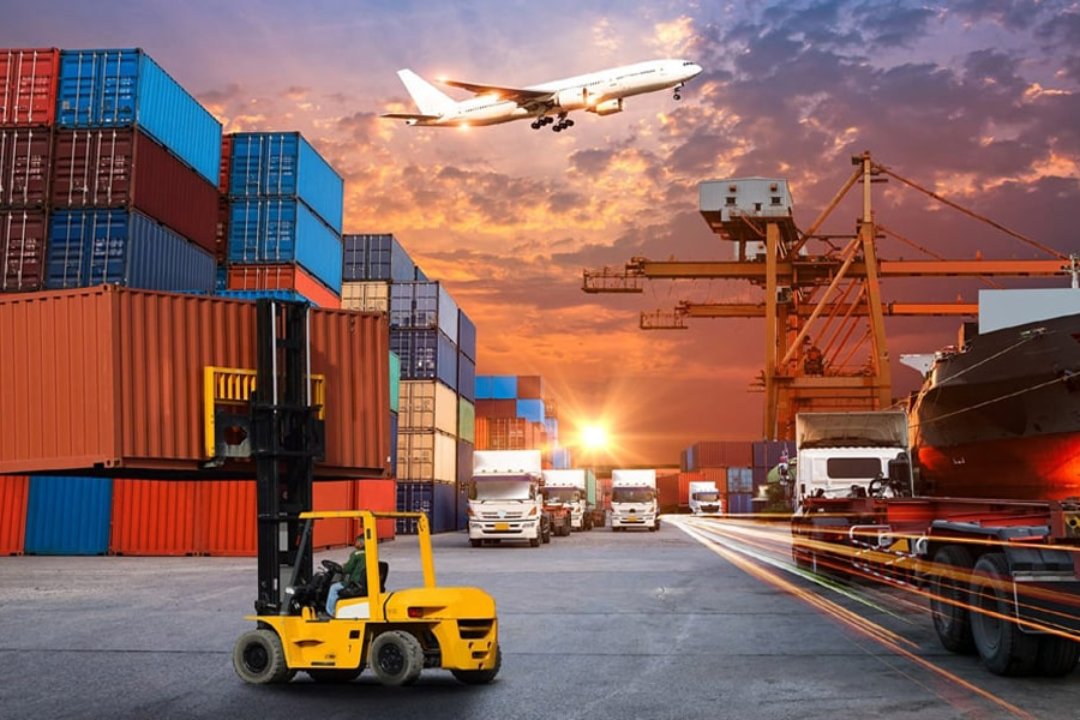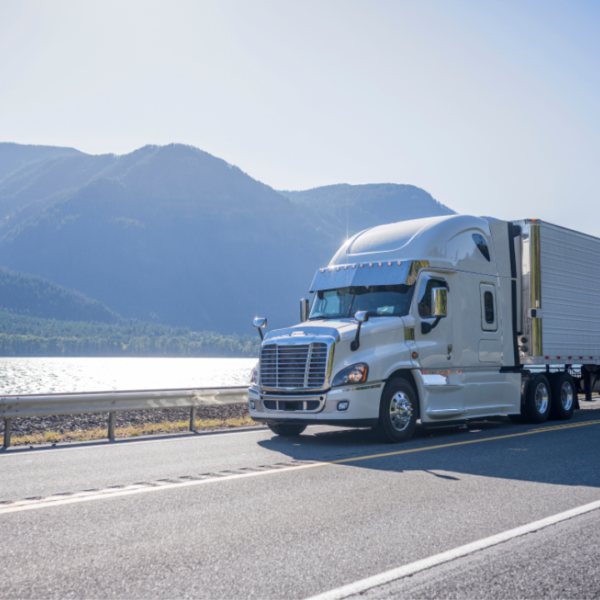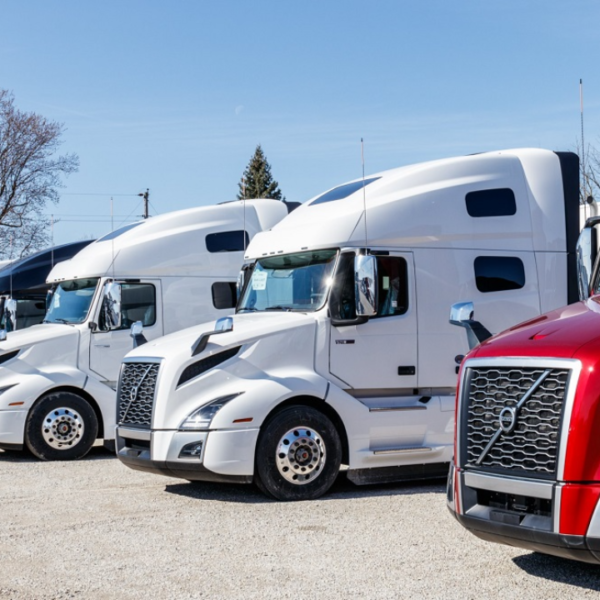If you have found fulfillment services or supply chain to be confusing, you are not alone. So let us explain to you exactly what fulfillment and drop shipping services are and who will need Supply Chain management.
So welcome to another blog on landing logistics. Here you will get to know how the fulfillment service focuses on our link, where an item is picked from the warehouse shelves, packed in boxes, and delivered to the end customer.
What is a order fulfillment process service?
Order fulfillment process service is a third-party warehouse that prepares and ships orders for customers. It enables e-commerce merchants to outsource warehousing and shipping.
If you don’t have the time or desire to pack and ship orders by hand, or if your business has outgrown your current store space, a delivery service may be the best option for you.
How Does Order Fulfillment Process Work?
Receiving Inventory
No matter what, every new stock has to be counted, checked, and entered in an inventory system to make sure it is the right amount and quality. It is easier to keep track of products with SKUs or bar numbers during the shipping and storage processes, as well as when they need to be retrieved from internal storage.
Inventory Storage
Inventory storage is the second part of order fulfillment process. When goods arrive at the distribution center, they are put into an inventory system before being sent out or put into temporary or permanent storage. Products should only be kept in stock for as long as they need to be in order to make sales run smoothly, not because they might be needed in the future.
Order Processing
Order processing management systems control product selection and packaging for new client orders. Order management software may automatically handle e-commerce orders when coupled with the shopping cart.
Picking
A packing slip tells a picking crew or warehouse robots which products to choose. The packing slip has information about the stock keeping units, colors, sizes, amounts, and location of the building where the delivery center is located.
Packing
Teams of packers and automatic tools work together to reduce the size and weight of items before they are sent. When a customer wants a swap or a refund, it’s normal to give them return mailing labels and supplies.
Shipping
A shipping point or delivery hub sends the order to the customer.
Putting a light item, like a T-shirt, in the smallest DIM could save on shipping costs. Cargo room is important, so most planes have rules about how to pack to make the most money. If shippers reject the order because it doesn’t meet these standards, delivery could be delayed.
Delivery
Often, more than one shipping company uses the same route. FedEx is able to pick up a package that the USPS sent there. People use these mixed transportation methods for a number of different reasons. The United States Postal Service (USPS) is different from other shipping companies because it can send packages to some of the hardest-to-reach places. The most efficient way to finish a package is to send it through the mail.
Returns Processing
The original buyer doesn’t have to pay extra for return stickers and packing materials in order fulfillment process. These are given to them for free. Products that customers want to return for a refund or exchange must be received in a way that makes refilling possible. If the product breaks, it can’t be fixed or filled up again. Something that is dirty can’t. As part of the return process, we look for problems and put things back in the right order. Products are restocked, recycled, or sent back to their original makers or sellers for credits or refunds.
What is a Supply Chain?
A supply chain management involves every step in delivering a finished product or service to the customer. Its activities involve designing, farming, manufacturing, packaging, and transporting goods and services. Supply chain Accenture focuses on intelligent supply chains using digital technologies like cloud, data, and AI.
In its most basic form, a supply chain is made up of a company, its providers, and its customers. A simple supply chain management could just be a seller, a business, and a customer. In longer supply lines, a service provider is an extra type of business.
In a complex supply chain, both the customer and the service have their own sources and users. On the production line, service providers help businesses. The services they offer include logistics, banking, promotion, planning, and IT. In any given supply line, there are four main types of companies:
Four Participants In Every Supply Chain
1) Producers
Companies that make things, whether they are parts or finished goods, are called makers. They get metals out of the ground, drill for oil and gas, cut down trees, grow crops, raise animals, and fish for dinner. Some makers’ buyers are also the companies that make their products, and other companies give them raw materials and parts. Producers give things and services to people in the supply chain.
2) Distributors
Distributors (or wholesalers) buy merchandise in bulk from manufacturers and sell it to consumers. They sell to other enterprises in higher volumes than to consumers. Distributors hold producer-purchased goods and locate and serve consumer requirements to protect producers from demand swings.
3) Retailers
Retailers hold inventories and sell smaller amounts to consumers. Retailers actively monitor client preferences and needs. They promote using pricing, product range, service, and convenience to entice clients. Discount businesses attract clients with cheap prices and an extensive range. Upscale shops provide unique items and excellent service. Small-quantity buyers seek items and services from retailers.
4) Customers
A product or service is purchased and used by customers. A client may be a manufacturer or distributor that buys a product to integrate it into another product they sell to their consumers. Customers rely on manufacturers, distributors, and retailers for goods and services.
Contact Lading Logistics for comprehensive logistics solutions
Overall, the rise in Class 8 truck orders is a positive sign for the industry. Lading Logistics is dedicated to staying up-to-date with the latest developments in the trucking industry. They offer a wide range of services, including:
- Freight forwarding
- Ocean, train, road, air, and container shipping
- Storage solutions
- Last-mile pickup and delivery
- Retail sales and distribution
- Trade automation services
- Warehousing
By leveraging their expertise and resources, Lading Logistics aims to provide efficient and reliable logistics solutions for their clients.
FAQs
Is fulfillment a supply chain?
Fulfillment is the process of picking, packing, and shipping an item from warehouse shelves to the final customer, forming a supply chain link.
What is a fulfillment service?
A fulfillment service is a third-party warehouse that prepares and ships orders for customers.
What is the fulfillment process in the supply chain?
Fulfillment in the supply chain management involves receiving goods, processing orders, and delivering them to customers.
What is the difference between fulfillment and logistics?
Fulfillment is logistics focusing on satisfying customer orders, while fulfillment is a more general concept.



